FIBC Bags vs Traditional Packaging: A Comparative Analysis
Packaging plays a crucial role in the transportation and storage of goods. In recent years, there has been a growing debate over the use of FIBC (Flexible Intermediate Bulk Containers) bags versus traditional packaging methods. Both options have their own advantages and disadvantages, and it is important for businesses to carefully consider which option is best suited for their specific needs. In this article, we will provide a comparative analysis of FIBC bags and traditional packaging, examining key factors such as cost, durability, environmental impact, and efficiency.
Packaging plays a crucial role in the transportation and storage of goods. In recent years, there has been a growing debate over the use of FIBC (Flexible Intermediate Bulk Containers) bags versus traditional packaging methods. Both options have their own advantages and disadvantages, and it is important for businesses to carefully consider which option is best suited for their specific needs. In this article, we will provide a comparative analysis of FIBC bags and traditional packaging, examining key factors such as cost, durability, environmental impact, and efficiency.
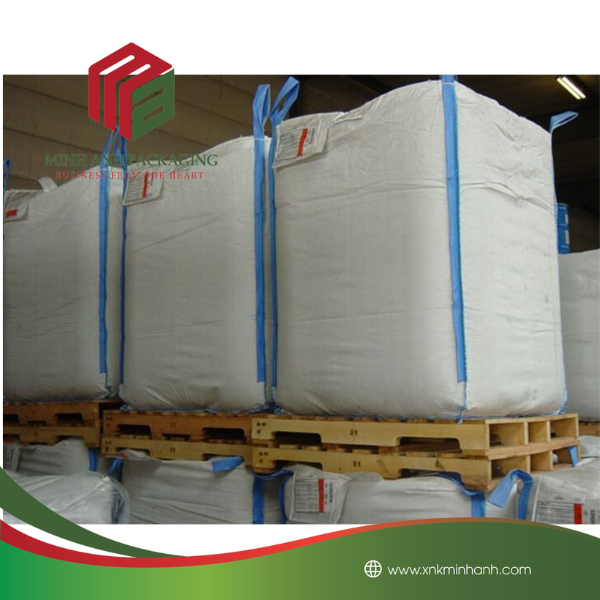
One of the primary considerations for businesses when choosing between FIBC bags and traditional packaging is cost. FIBC bags are generally more cost-effective than traditional packaging methods such as cardboard boxes or drums. This is due to the fact that FIBC bags are reusable and can be easily folded and stored when not in use. In contrast, traditional packaging methods often require additional costs for disposal or recycling. Additionally, FIBC bags can be customized to fit the specific dimensions of the product being transported, reducing the need for excess materials and minimizing waste.
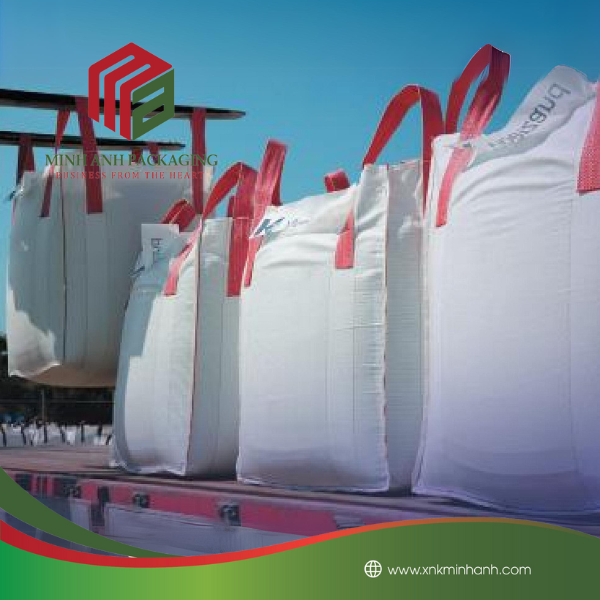
Another important factor to consider is the durability of the packaging. FIBC bags are known for their strength and ability to withstand heavy loads. They are often made from woven polypropylene or other durable materials, making them ideal for transporting bulk goods such as grains, chemicals, or minerals. Traditional packaging methods may not offer the same level of durability, especially when it comes to withstanding rough handling during transportation. This can result in damage to the goods and additional costs for replacement or repair.
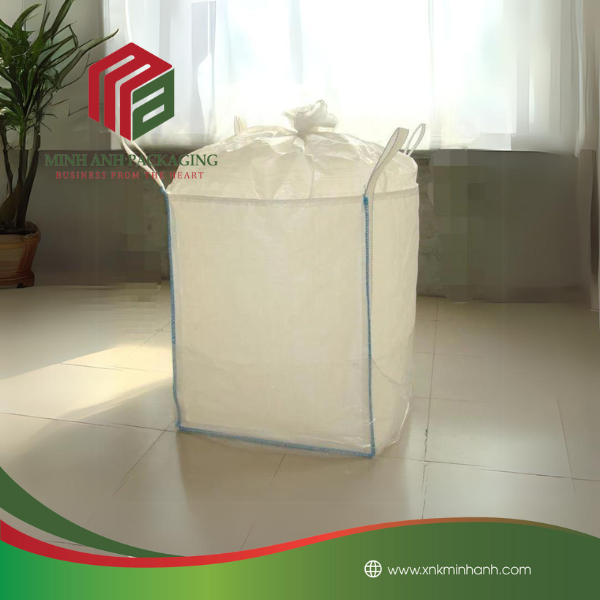
In today’s environmentally conscious world, businesses are increasingly looking for sustainable packaging options. FIBC bags have been recognized for their eco-friendly characteristics, as they are reusable and recyclable. This reduces the amount of waste generated by traditional packaging methods and contributes to a more sustainable supply chain. Furthermore, FIBC bags can be manufactured using recycled materials, further reducing their environmental impact. Traditional packaging methods, on the other hand, often involve single-use materials that contribute to landfill waste and environmental pollution.
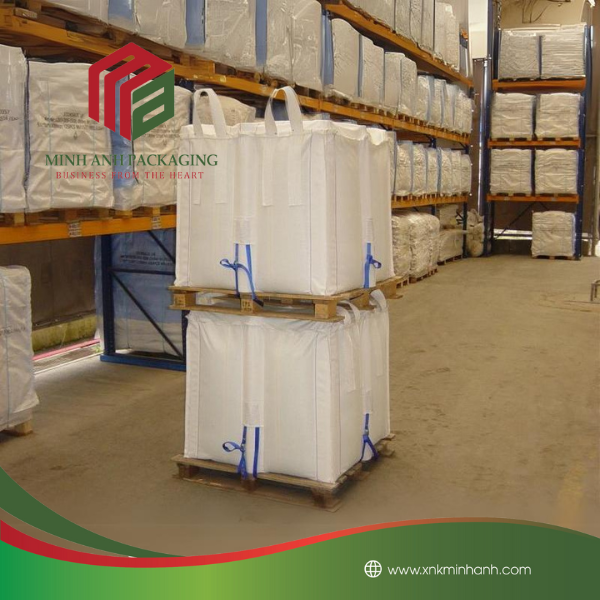
Efficiency is a critical consideration for businesses looking to optimize their supply chain operations. FIBC bags offer several efficiency advantages over traditional packaging methods. Their lightweight design reduces transportation costs and fuel consumption, while their flexibility allows for easy handling and storage. FIBC bags can also be easily filled and emptied using various methods such as forklifts or cranes, streamlining the loading and unloading process. In contrast, traditional packaging methods may require more labor-intensive processes for handling and transportation, leading to increased time and labor costs.
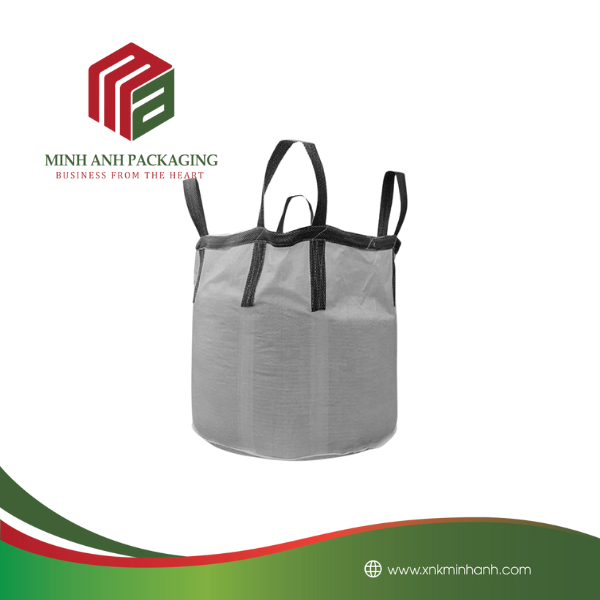
In conclusion, the choice between FIBC bags and traditional packaging methods ultimately depends on the specific needs and priorities of each business. While traditional packaging methods may offer familiarity and ease of use, FIBC bags present a compelling case with their cost-effectiveness, durability, environmental benefits, and efficiency advantages. As businesses continue to seek ways to improve their supply chain operations and reduce their environmental footprint, FIBC bags are emerging as a viable alternative to traditional packaging methods. By carefully evaluating the key factors discussed in this article, businesses can make an informed decision that aligns with their long-term goals and values.
Hãy là người đầu tiên nhận xét “FIBC Bags vs Traditional Packaging: A Comparative Analysis” Hủy
Sản phẩm tương tự
Tin Tức Bao Bì
Tin Tức Bao Bì
Tin Tức Bao Bì
Tin Tức Bao Bì
Tin Tức Bao Bì
Tin Tức Bao Bì

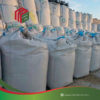
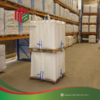











Đánh giá
Chưa có đánh giá nào.